Op deze website vindt u alles over de locatietaks en hoe het kan bijdragen aan een eerlijke en rechtvaardige belastingstructuur.
Ideologieën over Grond als Productiefactor en de Land Value Tax
Ontdek hoe verschillende denkers kijken naar grond en de land value tax.

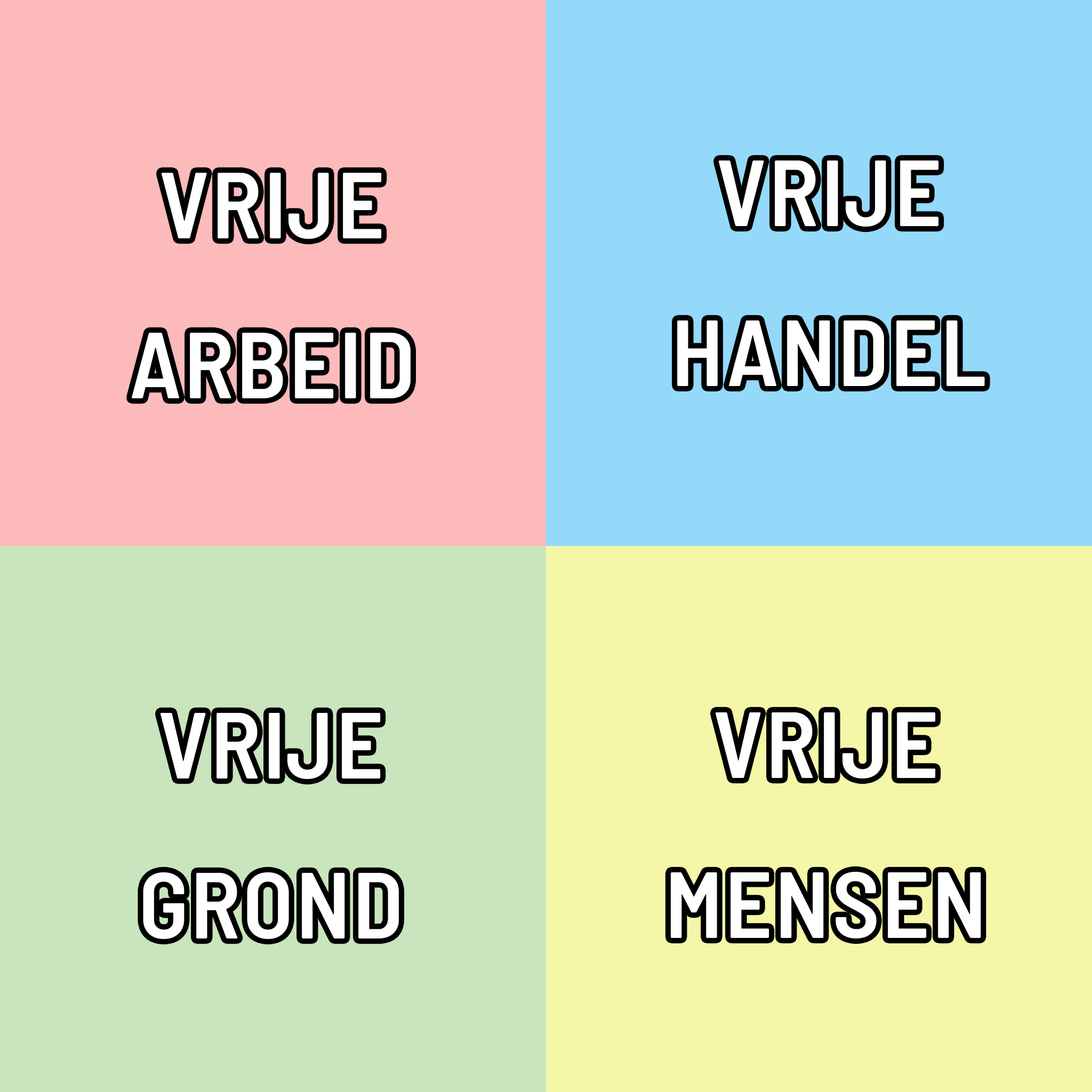
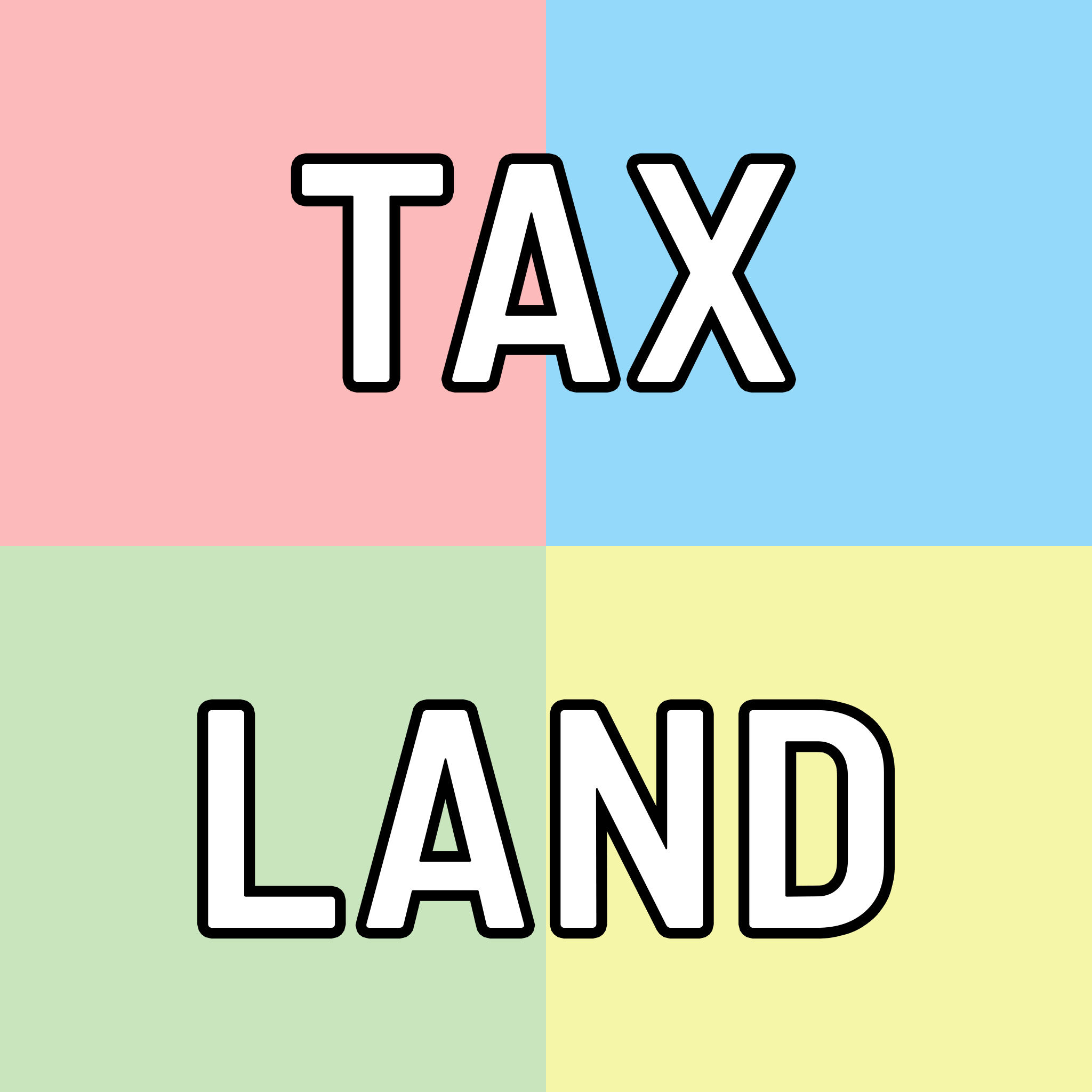
Meng Ke
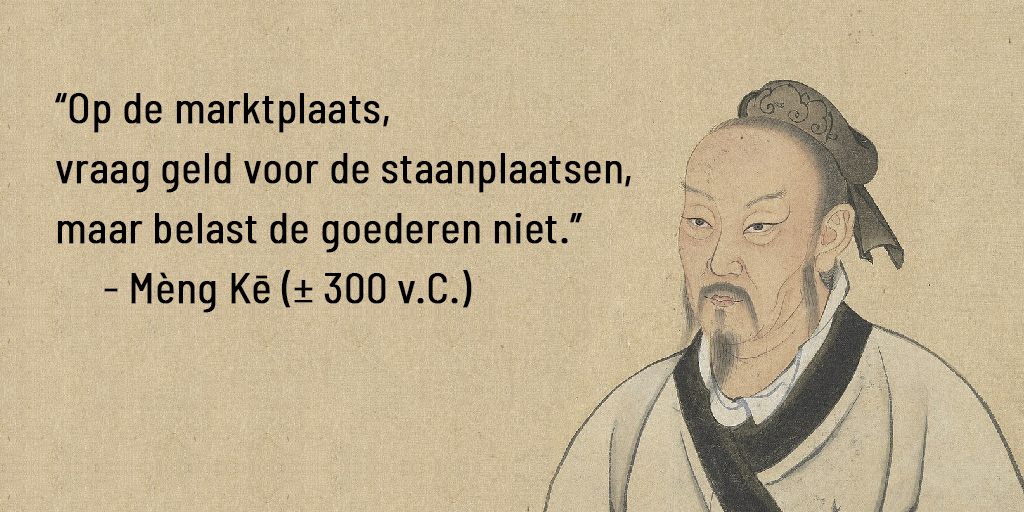
David Ricardo
Beschrijving van Ricardiaanse economie en zijn visie op grond als een productiefactor, evenals zijn steun voor de land value tax.
Adam Smith
Uitleg over Smith's opvattingen over grond en zijn mogelijke standpunt over de land value tax.
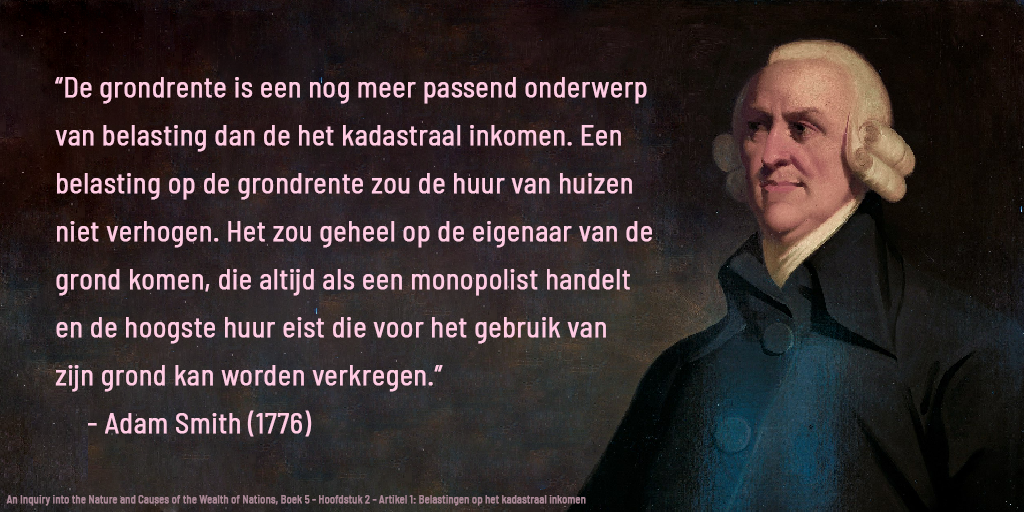
Thomas Paine
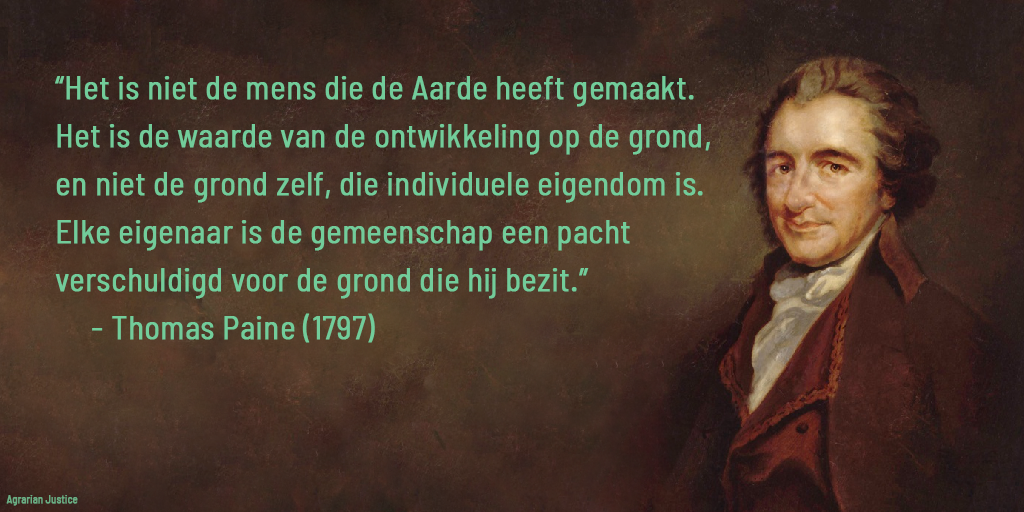
Karl Marx
Marxistische perspectieven op grond als productiefactor en de land value tax, inclusief kritiek en ondersteuning.
Henry George
Beschrijving van Henry George's ideeën over grond en zijn pleidooi voor de land value tax als oplossing voor sociale ongelijkheid.
Winston Churchill
Standpunten van Winston Churchill over grond als productiefactor en zijn houding ten opzichte van de land value tax, indien beschikbaar.
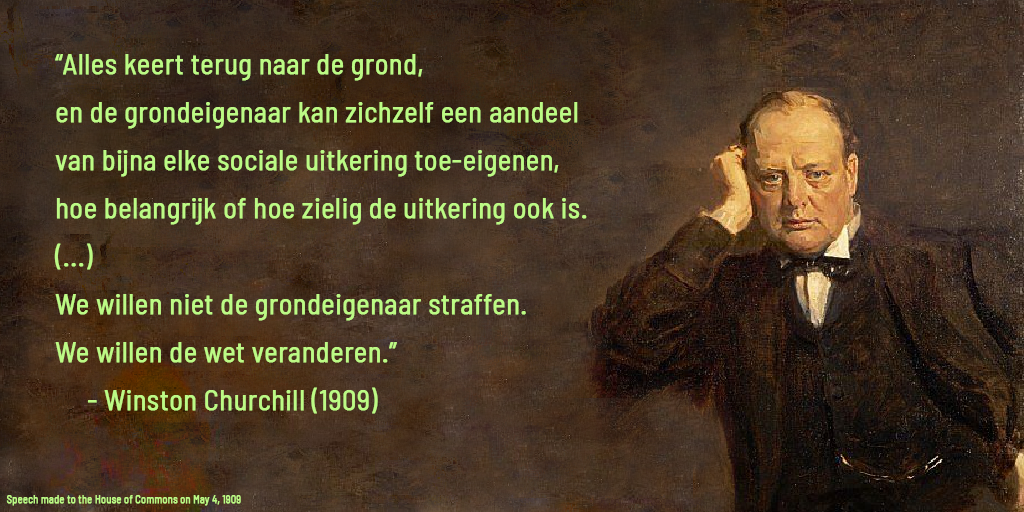
Milton Friedman
Friedman's opvattingen over grond en of hij de land value tax heeft ondersteund of bekritiseerd, evenals zijn economische ideologie.
This page explains the economic concepts which are necessary to understand the economical arguments in favour of the Location Tax. Within mainstream economics, the classification of land as a form of capital is widespread, primarily driven by mathematical convenience rather than a persuasive rationale. However, it is crucial to recognize the distinction between land and capital, as this distinction underlies many of the inherent contradictions within the capitalist production of space (Ward & Aalbers, 2016, p. 1766). The chapter describes the main theories on land and rent, with the intention to find out how the price of land and rent come to be, and to make the distinction between land and capital clear. This chapter is built up chronologically to provide an insight into how theories of land and rent evolved. Early authors mainly refer to agricultural land rent, while more recent authors build on this work but more often write about urban rent.
1 Factors of Production and Their Rewards
Classical economists identified three factors of production: land, labour, and capital (Smith, 1776/2007; Ricardo, 1821/2001). The rewards for using these factors productively are respectively called rents, wages, and interests. Contemporary sources often look at land as “just another form of capital” (Dodson, 2005) or add entrepreneurship as a fourth factor (Fernando, 2023). Since land as a production factor is essential to this thesis, it is important to clearly define these production factors. The choice is made to use the definitional framework Henry George used in his most influential book Progress and Poverty (1879), as these definitions are the very relevant when defining the location tax.
1.1 Land and Rents
Land as a production factor is more than just the soil we use for agriculture or to build houses on top. Land represents every natural opportunity: i.a. land, natural resources (e.g. gold), natural monopolies (e.g. broadcasting frequencies), patent rights (e.g. the right to commercialize a medicine), etc. Or as George calls it (1879/2017, p. 38): “the whole material universe outside of man himself”. Economic rent is the return for using nature as a production factor. Today, rent is commonly used to describe housing rent, the monthly pay one makes to the landlord. While this monthly pay does include rent, it does not fully consist out of rent. The landlord collects rent for the land, a wage for his administrative tasks, and interests on the house (George, 1879/2017, p. 165).
1.2 Labour and Wages
Labour includes both physical and intellectual work. George points out that a person’s skill and knowl- edge are often described as capital, while they should be considered an increase in labour power. He acknowledges that increased skill or knowledge has the same effect as an increase in capital but sees no reason to put it in the same category. He uses the following analogy to strengthen his argument: “Increased velocity may give to the impact of a cannonball the same effect as increased weight, yet, nevertheless, weight is one thing and velocity another.” The fruits of a person’s labour is called a wage (George, 1879/2017, p. 38).
1.3 Capital and Interests
Capital is everything that is not included in land or labour. It consists of the results of bringing together land and labour in a productive process. Interests are “the return for the use of capital, exclusive of any labour in its use or management, and exclusive of any risk, except such as may be involved in the security” (George, 1879/2017, pp. 38, 157).
2 Monopoly Price
According to Smith (and earlier the Physiocrats), land rent signifies the payment made for the inherent value provided by nature itself. However, asserting that land serves as a source of value is incongruous with the labour theories of value that predominated in classical political economy (Ward & Aalbers, 2016, p. 1762). Smith (1776/2007, p. 118) defines land rent as follows:
“The rent of land, therefore, considered as the price paid for the use of the land, is naturally a monopoly price. It is not at all proportioned to what the landlord may have laid out upon the improvement of the land, or to what he can afford to take; but to what the farmer can afford to give.”
It is important to understand why Smith calls rent a monopoly price, as it is clear landlords have to compete, lowering prices. Smith describes monopolies as having a similar effect to trade or manufac- turing secrets. By deliberately keeping the market undersupplied and not meeting the full demand, monopolists can sell their commodities at prices well above the natural price. This allows them to earn higher wages or profits. Exclusive privileges of corporations, statutes of apprenticeship, and other laws that limit competition in specific industries can have a similar, although lesser, impact. They act as expanded monopolies, keeping the market price of certain goods above the natural price for extended periods. Monopoly prices are always the highest that can be obtained, while natural prices, driven by free competition, are generally the lowest that sellers can afford to accept while still sustaining their business. Land has a natural price close to zero, as there are little to no costs associated with leasing out a land. So, the price of land, the highest value the landowner can obtain, is clearly a monopoly price (Smith, 1776/2007, p. 52).
Smith (1776/2007, p. 117) describes rent as the price paid for the use of land, determined by the tenant’s ability to afford it in the current circumstances. When setting the terms of a land lease, the landlord will leave the tenant not more than the portion of the produce that is sufficient for the tenant to cover expenses (such as seed, labour, and farming equipment) and have a small profit margin. This portion is the minimum share necessary for the tenant to avoid losses. Any surplus beyond this share is retained by the landlord as rent for the land. This portion can be considered the natural rent of the land, representing the amount for which land is generally leased. Occasionally, the landlord’s generosity or lack of knowledge may lead to accepting less than this portion, while the tenant’s ignorance may cause them to agree to pay more or settle for less than the typical profits.
Another important fact pointed out by Smith is that rents do not set prices, but follow prices (Smith, 1776/2007, p. 118):
“Rent, it is to be observed, therefore, enters into the composition of the price of commodities differently from wages and profit. High or low wages and profit are the causes of high or low prices; high or low rent is the effect of it. It is because high or low wages and profit must be paid, to bring a particular commodity to market, that its price is high or low. But it is because its price is high or low; a great deal more, or very little more, or no more, than what is sufficient to pay those wages and profit, that it affords a high rent, or a low rent, or no rent at all.”
3 Differential Rent
James Anderson (1777, p. 376) is said to be the first one to describe the law of rent:
“Many persons will, therefore, be desirous of obtaining possession of these fertile fields, and will be content to give a certain premium for the privilege to cultivate them; which will be greater or smaller according to the more or less fertility of the soil. It is this premium which constitutes what we now call rent, a medium by which the expense of cultivating soils of very different degrees of fertility may be reduced to perfect equality.”
Independent of Anderson, David Ricardo (1821/2001, p. 39) defined land rent as:
“Rent is that portion of the produce of the earth which is paid to the landlord for the use of the original and indestructible powers of the soil.”
Both authors describe the concept of differential rent. This rent arises from disparities in the fertility of soil, which in turn determine the profitability of cultivating a specific plot of land. The landowner’s entitlement to rent stems from the increased profitability achieved by utilizing their land compared to other available options. Consequently, differential rent results in a mere redistribution of profits. It is a mechanism that equalizes the returns obtained from fields with varying degrees of fertility and local circumstances. It is important to note that the absence of rent would have no impact on the price of the commodity; rather, it would simply mean that the tenant farmer would retain the entirety of their profits without sharing them (Ward & Aalbers, 2016, pp. 1762-1763).
Ricardo always maintained a strong adherence to the labour theory of value. According to this theory, the economic worth of a commodity is determined by the labour required for its production. Land, being permanent and not requiring labour for its creation, lacks intrinsic value. The concept of differential rent allowed Ricardo to reconcile rent theory with the labour theory of value. Fertility, as a natural attribute, only possesses economic value insofar as it affects the amount of labour and capital needed for commodity production. More fertile land needs less labour and capital to produce the same amount of a commodity (e.g. grain), it is this advantage which is the source of differential rent. Ricardo argued that rents are determined by the fertility of marginal land under cultivation, which refers to the least profitable land currently in use (where the labour and capital cost is equal to the price of the commodity produced). While this marginal land does not command rent itself, it serves as a baseline (see Figure 1.1). Any fertility above this level represents a productivity gain attributed to the land, with the resulting surplus claimed by the landlord as a condition for the farmer’s access to it. Ricardo’s theory of rent is widely recognized as a definitive statement in classical political economy and serves as a foundational point for neoclassical economics and Marxist theory (Ward & Aalbers, 2016, pp. 1762-1763).
4 Transport Costs
Johann Heinrich von Th ̈unen deviated from Ricardo’s assumptions by introducing additional factors, namely the distance to the market and transportation costs, into the determination of rent variations. In his agricultural land use model (see Figure 1.2), Von Th ̈unen assumed a consistent market price for each agricultural product, with production costs and farmer incomes remaining uniform across all land units. On the horizontal x-axis, we observe the distance from the centre, which can be expressed in either time or distance, while the vertical y-axis represents rent, denoted as the price per area. Transportation costs were considered variable for different types of agricultural products due to various factors, such as the need for refrigeration, involvement of livestock, or the value-to-weight ratio of the products. Consequently, this resulted in distinct bid-rent curves for each product. At each distance from the centre, there emerged a particular type of product that commanded the highest bid, effectively creating concentric rings of land use referred to as “Von Th ̈unen rings”. These rings visually depicted the spatial distribution of agricultural activities based on the advantages offered by various locations, particularly lower transportation costs. Furthermore, the model can be expanded to account for factors such as higher soil fertility (extensive rent in Marxist terms, see 1.6.1) and variations in land preparation costs (intensive in Marxist terms, see 1.6.2), which may include considerations like irrigation expenses (Ward & Aalbers, 2016, pp. 1767-1768).
5 Quasi Rents
Richard Whately and John Stuart Mill pointed out that rents are collected by both land, labour, and capital. As early as 1834, Whately underscores that land rent constitutes a subset of a broader category, where all rents arise from exclusive rights to productive instruments that enhance the efficiency of labour and capital, with no inherent connection to sacrifice (Stratford, 2022, p. 350).
Mill (1885/2009, pp. 565-572) describes that when the population rises, wages fall while profits and rents rise; when capital increases, profits fall while wages and rents rise; and when advancement in the arts of production happens, rents fall, money wages go down, real wages stay the same, and profits rise. Over time, as technological progress lags population and capital growth, profits tend to fall, real wages likely rise, and rents increase. These changes did not result from more sacrifice, and thus can be considered quasi-rents, a term later coined by Marshall (Stratford, 2022, p. 350).
In the realm of agricultural production, the advancement of production techniques signifies innovations that increase the output for a given plot of land or enable the utilization of previously unproductive land. Translated to modern urban contexts, this can involve enhanced building methods lowering high-rise costs, machinery improvements enabling smaller factories, and the emergence of digital mass entertainment, which all lead to a decrease in demand for land.
6 Marxist Economics
The reformulation of the labour theory of value by Karl Marx introduced important innovations to Ricardo’s theory of rent. He argued that the value of a commodity is determined by the socially necessary labour time required to produce similar commodities under current conditions. This led to a shift in understanding rent, no longer requiring a baseline of marginal land commanding no rent, instead, rent can be defined as the profit which exceeds the socially determined acceptable level of profitability of the land. Marx emphasized the significance of the state in establishing the conditions for rent to exist. Rent becomes possible through the institution of property rights, which are defined and enforced by the state, thereby enabling the monopolization of land. Marx made a distinction between two forms of differential rent: extensive rent, based on the level of productivity which results from the features inherent to the land itself, and intensive rent, based on the capital investments on the land. He incorporated theories of monopoly rent, recognizing the existence of both absolute rent and monopoly rent (Ward & Aalbers, 2016, pp. 1763-1765, 1775).
6.1 Extensive Rent
Extensive rent, also called “differential rent 1”, refers to the increased productivity and profitability of land due to its inherent qualities. This type of rent emerges when certain lands possess advantages that lead to increased productivity of the workers, like the fertility of the soil or the distance to the centre. Extensive rent represents the extra profit generated from these advantages, and is determined by the competitive benefits offered by specific plots of land (Ward & Aalbers, 2016, pp. 1763-1765).
6.2 Intensive Rent
Intensive rent, also called “differential rent 2”, concerns the boosted productivity and profitability of land achieved through investments in that land. This rental form emerges when land productivity is elevated through various investments, such as infrastructure, irrigation systems, or technological advancements. These investments heighten the land’s productivity, leading to enhanced profitability. The landlord claims this extra profit due to the improved productivity stemming from investments in the land. Unlike differ- ential rent 1, which originates from inherent land features, differential rent 2 is linked to enhancements made on the land to amplify its productivity and yield (Ward & Aalbers, 2016, pp. 1763-1765).
6.3 Monopoly Rent
Monopoly rent represents a rental category that emerges when market competition is restricted. This situation arises when there’s a constrained availability of land or distinctive land attributes, leading to monopolistic pricing for the land’s products. The source of rent doesn’t directly stem from the rentier class; rather, it originates from the land’s scarcity or distinct qualities. This lack of competition contributes to elevated prices for goods produced on such land, giving rise to the payment of non-absolute monopoly rent. This rent type impacts production costs and exerts influence on the market’s final product pricing (Ward & Aalbers, 2016, pp. 1763-1765).
6.4 Absolute Rent
Absolute rent defines a distinct facet of monopoly rent that emerges with the presence of a rentier class. Unlike its direct linkage to the rarity or distinctive attributes of land, this form arises from the monopolistic control wielded over land by a specific group. This particular group demands compensation for granting access to and use of the land. This situation curtails competition inherently through the existence of the rentier class, which enforces a set profit rate. Absolute rent springs from the establishment of private land ownership and the subsequent imposition of charges by landlords for land utilization. It establishes a foundational benchmark or reserved value mandated by the rentier class, forming an essential prerequisite for the very existence of rent. However, absolute rent itself does not generate value; its significance lies in its creation of a framework where rent surpassing the baseline can be generated within the structure of a capitalist economy (Ward & Aalbers, 2016, pp. 1763-1765, 1771).
7 The Marginalists
In the late 1880s and early 1890s, there was a surge in publications that extended Ricardo’s “law of rent” to factors beyond land, including authors like Wicksell, Walker, Webb, and Marshall, marking the beginning of the marginal revolution in economics. This revolution led to the realization that the principles governing the size and duration of land rents could be applied to various other types of income. The marginalists argued that this extension also holds for the arguments for the socialization of these “quasi rent”. This shift in thinking stemmed from the understanding that Ricardo’s theory of differential rent could be expanded to cover other production factors (Stratford, 2022, p. 350).
Expanding on Ricardo’s theory of rent, Hobson (1889) systematically applies it to labour and capital. He extends the concept of the margin of cultivation to the margin of employment, encompassing land, labour, and capital. The labour’s margin is the minimum subsistence wage. Labour below the margin of employment comes in the form of the unemployed and foreign labour. Similarly, for capital, the margin represents the minimum profit that justifies its utilization. Capital below the margin of employment comes in the form of unemployed capital, potential capital (money which could be saved but is consumed instead), and foreign capital. Hobson accentuates that fluctuations in the demand for a production factor alter the margins, activating or deactivating resources below the margin of employment, and determining the total rent acquired.
This extended framework leads Hobson to redefine rent as follows:
“The rent of a piece of land/capital/labour is the excess of its produce over that of the land/capital/labour employed at the least advantage and yielding no rent.”
Hobson further critically deconstructs the “residuary legatee” distribution model, which designates prede-
Sources
- Anderson, J. (1777). Observations on the means of exciting a spirit of national industry;: Chiefly intended to promote the agriculture, commerce, manufactures, and fisheries, of Scotland. Thomas Cadell, London; and Charles Elliot, Edinburgh. Retrieved from https://books.google.co.uk/books?id=8H4TAAAAYAAJ&printsec=titlepage&hl=en#v=onepage&q=Many%20persons%20will%2C%20therefore%2C%20be%20desirous%20of%20obtaining%20possession%20of%20these%20fertile%20fields&f=false
- Barthelemy, M. (2016). A dynamical transition in urban systems [slides]. Retrieved from https://webspace.maths.qmul.ac.uk/v.nicosia/cosydy2016/slides/Barthelemy.pdf
- Capozza, D. R., & Helsley, R. N. (1989, November). The fundamentals of land prices and urban growth. Journal of Urban Economics, 26 (3), 295–306. Retrieved from https://doi.org/10.1016/0094-1190(89)90003-x doi: 10.1016/0094-1190(89)90003-x
- CitiesX. (2018, February). The Within-City Equilibrium model. Retrieved from https://www.youtube.com/watch?v=QrwgRehzh-I
- Dodson, E. J. (2005, April). A Georgist Take on Kelsonian Binary Economics. The School of Cooperative Individualism. Retrieved from https://cooperative-individualism.org/dodson-edward-a-georgist-take-on-kelsonian-binary-economics-2005.htm
- Fernando, J. (2023, March). 4 Factors of Production Explained With Examples. Investopedia. Retrieved from https://www.investopedia.com/terms/f/factors-production.asp
- Gaffney, M. (1998). The Philosophy of Public Finance. Othila Press. Retrieved from https://www.cooperative-individualism.org/gaffney-mason-philosophy-of-public-finance-1998-jan.pdf
- Gaffney, M. (2009a, March). The Hidden Taxable Capacity of Land: Enough and to Spare. International Journal of Social Economics, 36 (4), 328–411. Retrieved from https://masongaffney.org/publications/G2009-Hidden_Taxable_Capacity_of_Land_2009.pdf doi: 10.1108/03068290910947930
- Gaffney, M. (2009b). A new framework for macroeconomics. The American Journal of Economics and Sociology, 68 (4), 889-982. Retrieved from https://onlinelibrary.wiley.com/doi/abs/10.1111/j.1536-7150.2009.00658.x doi: https://doi.org/10.1111/j.1536-7150.2009.00658.x
- George, H. (1879/2017). Progress and Poverty. Retrieved from https://www.gutenberg.org/files/55308/55308-h/55308-h.htm
- Guiling, P., Brorsen, B. W., & Doye, D. (2009, March). Effect of Urban Proximity on Agricultural Land Values. Land Economics, 85 (2), 252–264. Retrieved from https://doi.org/10.3368/le.85.2.252 doi: 10.3368/le.85.2.252
- Harvey, D. (1973). Social Justice and the City. Blackwell Publishers. Retrieved from https://erikafontanez.files.wordpress.com/2017/09/david-harvey-social-justice-and-the-city.pdf
- Hobson, J. A. (1889). The Law of the Three Rents. The Quarterly Journal of Economics, 5 (3), 263–288. Retrieved from https://www.marxists.org/archive/hobson/1891/04/rents.htm
- Kalkuhl, M., Flachsland, C., Knopf, B., Amberg, M., Bergmann, T., Kellner, M., . . . Edenhofer, O. (2022, March 17). Effects of the energy price crisis on households in Germany: Socio-political challenges and policy options. Mercator Research Institute on Global Commons and Climate Change (MCC) gGmbH. Retrieved from https://www.mcc-berlin.net/fileadmin/data/C18_MCC_Publications/2022_MCC_Effects_of_the_energy_price_crisis_on_households.pdf
- Marshall, A. (1890/2011). Principles of Economics (8th ed.). Liberty Fund. Retrieved from http://files.libertyfund.org/files/1676/Marshall_0197_EBk_v6.0.pdf
- Mill, J. S. (1885/2009). Principles Of Political Economy. The Project Gutenberg. Retrieved from https://www.gutenberg.org/files/30107/30107-pdf.pdf
- Nelisse, P. (2008). Stedelijke erfpacht. Retrieved from https://dare.uva.nl/search?identifier=09d0f011-0276-49f9-9cf9-eb7c6fab1036
- Ricardo, D. (1821/2001). On The Principles of Political Economy and Taxation (3rd ed.). Kitchener, ca: Batoche Books. Retrieved from https://socialsciences.mcmaster.ca/econ/ugcm/3ll3/ricardo/Principles.pdf
- Schwerhoff, G., Edenhofer, O., & Fleurbaey, M. (2020). Taxation of economic rents. Journal of Economic Surveys, 34 (2), 398-423. Retrieved from https://onlinelibrary.wiley.com/doi/abs/10.1111/joes.12340 doi: https://doi.org/10.1111/joes.12340
- Skinner, J. (1991, January). If agricultural land taxation is so efficient, why is it so rarely used? The World Bank economic review, 5 (1), 113–133. Retrieved from http://documents.worldbank.org/curated/en/574531468765023001/If-agricultural-land-taxation-is-so-efficient-why-is-it-so-rarely-used doi: 10.1093/wber/5.1.113
- Smith, A. (1776/2007). An Inquiry Into The Nature and Causes of the Wealth of Nations. MetaLibri. Retrieved from https://www.ibiblio.org/ml/libri/s/SmithA_WealthNations_p.pdf
- Stiglitz, J. E. (2015). Economics of the Public Sector (4th ed.). W. W. Norton. Retrieved from https://amseif.ir/wp-content/uploads/2021/11/Economics_of_the_Public_Sector_Joseph_E.pdf
- Stratford, B. (2022, August). Rival definitions of economic rent: historical origins and normative implications. New Political Economy, 28 (3), 347–362. Retrieved from https://doi.org/10.1080/13563467.2022.2109612 doi: 10.1080/13563467.2022.2109612
- Urban Economics Association. (2020, June). Equilibrium over Space: The Canonical Urban Models — Edward Glaeser (Harvard University) [video]. Retrieved from https://www.youtube.com/watch?v=zMmXo1nHetE
- Ward, C., & Aalbers, M. B. (2016). Virtual special issue editorial essay: ‘the shitty rent business’: What’s the point of land rent theory? Urban Studies, 53 (9), 1760-1783. Retrieved from https://doi.org/10.1177/0042098016638975 doi: 10.1177/0042098016638975
- Webb, S. (1888). The rate of interest and the laws of distribution. The Quarterly Journal of Economics, 2 (2), 188–208. Retrieved 2023-08-08, from http://www.jstor.org/stable/1879488
Over Ons
Locatietaks.be is gewijd aan het promoten van de locatietaks, een belastingvoorstel dat vergelijkbaar is met de land waarde belasting. Onze missie is om kennis te delen en mensen te rekruteren die deze visie willen ondersteunen en verspreiden.